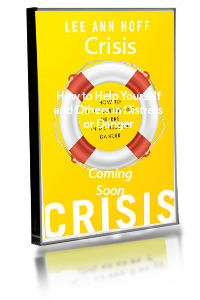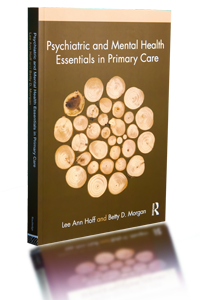
VISION and SCOPE (Book Series)
The global landscape is fraught with stories of crisis from diverse sources—state-sponsored violence, domestic discord, physical and sexual assault, conflict around values and belief systems, race, class, gender and other diversity issues, natural and man-made disasters, personal loss through illness, divorce, or death, etc. The complex interplay between crisis and violence is compounded by this reality: On one hand, a person in crisis following a serious loss may respond violently to acute distress and emotional pain; on the other hand, a stable and happy person threatened at gunpoint or suffering serious war-related injuries almost invariably will experience the classic response that signals acute emotional crisis with its physiological, psychological, cognitive, and behavioral manifestations. In short, the crisis/violence interplay evokes a “chicken and egg” dilemma: The two are often intertwined, but discerning crisis origins and their implications for appropriate care is the business of skilled crisis workers. Responses to crisis vary cross-culturally, of course, in relation to expected behaviors and the availability of medical and psychosocial services for injured, bereaved, and acutely distressed persons.
My vision for this Series emerged from the past few years’ production of manuscripts for the 6th Edition of People in Crisis: Clinical and Diversity Perspectives, 2009 (Routlege, New York & London); Violence and Abuse Issues: Cross-cultural Perspectives for Health and Social Services, 2010 (Routledge, London & New York); Psychiatric and Mental Health Essentials in Primary Care—with Betty Morgan (Routledge, London & New York); and Crisis Education and Service Program Designs—with Miracle Hoff (Routledge, New York & London). The page length and related constraints of textbooks like these include recognition of this fact: Hot topics such as school or workplace violence, the crises of immigrant workers, or incorporating “crisis and triage” and life-threatening risk assessment into routine health histories for diverse persons at risk, can only be touched on in a basic text. They are introduced but cannot be addressed in depth—depending on student level and interest, of course. Also, for some undergraduates, crisis and violence courses typically are elective, not required, a fact attesting to the second-class status of the topic despite global epidemics of same. Therefore, books such as those cited above may be the only ones the average undergraduate will be required to read. But on any one of the topics that either undergraduate or graduate students may wish to pursue for further research and study inspired by these texts, this Series would offer resources according to student interest, clinical specialization and career goals, and the continued learning needs of educators and practicing professionals on cutting-edge topics.
The book, Crisis, How to Help Yourself and Others in Distress or Danger (in press with Oxford University Press, also supports this Series Proposal.)




